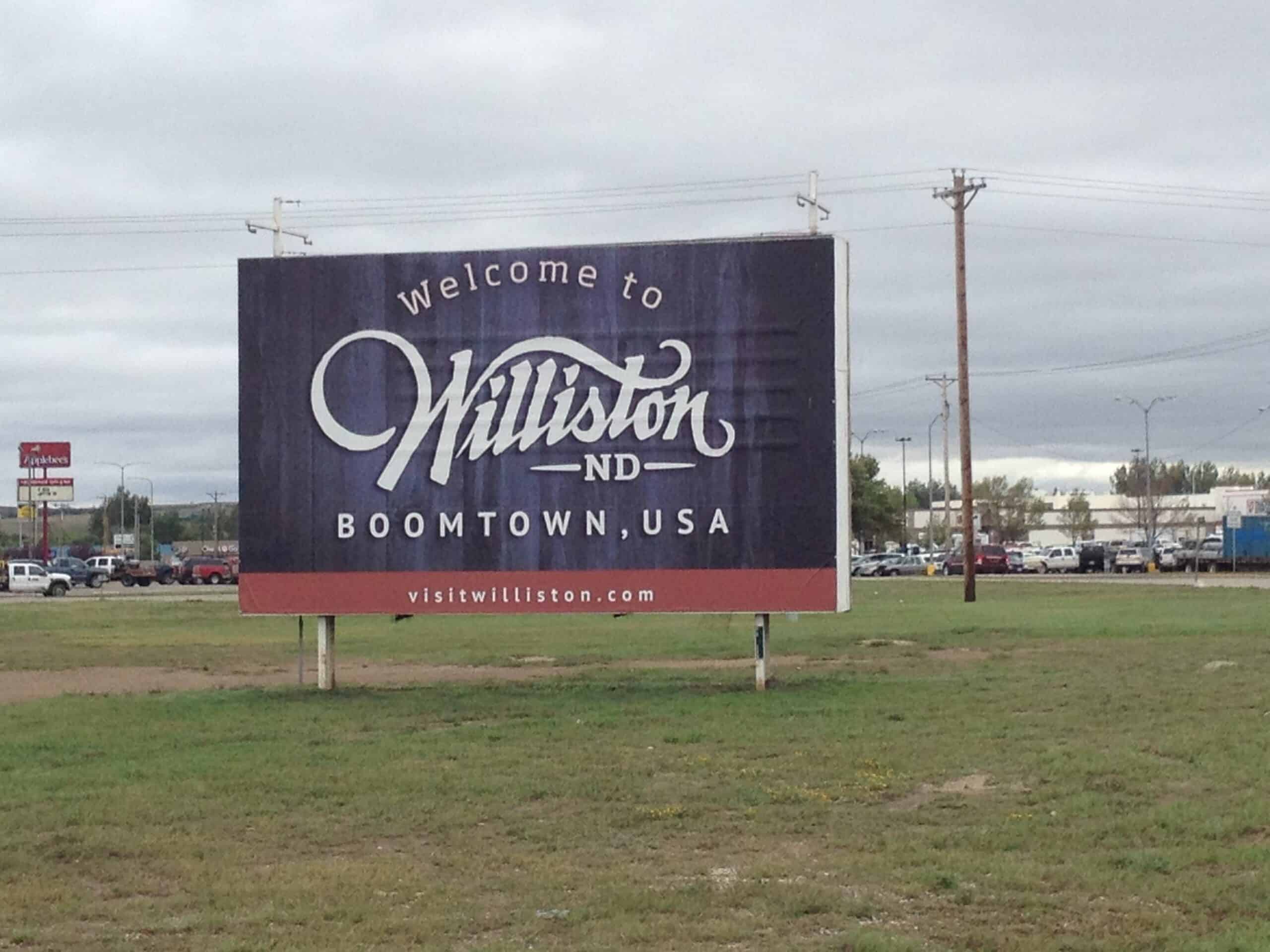Earlier this year, while attending a conference in Minneapolis on the oil boom that’s underway in the Bakken Shield in North Dakota, I repeatedly heard a phrase from several of the conference presenters: “You have to come here to understand it!” The phrase meant you had to actually go to the Western North Dakota oil region to understand this truly is an economic game changer for the state of North Dakota not to mention the United States. There is enough oil in the Bakken to drill for at least 80 years. Plus, geologists have discovered additional layers below the Bakken to perpetuate the industry for an indeterminate number of years.
Recently, I cleared my calendar to attend a follow up conference—this time out in Western North Dakota in Williston, the largest city in the Bakken Shield. I was there for a week and the conference focused on planned capital improvement projects and current construction needs. Since the oil boom began in 2006, over 30,000 people have invaded the five oil counties which, combined, now produces enough oil for North Dakota to leapfrog Alaska into second place behind Texas as the largest oil producing state.
When I got to the area, I saw first-hand how inadequate the current infrastructure is to service the influx of newcomers. A normal 35-minute journey to nearby Watford City where Smet has established a Western office, Smet-Alliance Construction, took 2 hours. The traffic and specifically truck traffic has increased exponentially. Venture out of city boundaries by over one mile and you quickly hit gravel and dirt roads. Many roads are unmarked and you often don’t know if you’re travelling on a legitimate road, on a pathway to an unmarked oil drilling rig, or to an abandoned farming town. Derricks are everywhere. It’s surely an experience.
The North Dakotans I met were extremely pleasant, but in the oil patch itself, there is an air of tension. There is a sense of “double-time” where everything is due yesterday. People are busy and the inadequate infrastructure slows them down. At the conference, I learned the infrastructure needs amount to expenditures of over $ 1 billion dollars in the immediate future and that’s just in Williams County, the largest of the five oil and gas producing counties making up the Bakken Shield.
The region needs a new airport so larger planes can land, a new high school, and the area is woefully under-served by the existing road system. Last year more than 850 babies were born in this city of 18,000 leading to the addition of a new birthing center. We heard from population statisticians who are having trouble counting the estimated population growth, much of which is transient, making the population prediction models cumbersome. They’ve resorted to counting sewage flows as one of the more accurate ways to estimate the current population influx.
Multi-family developments, single family homes and retail are particularly needed. The population is expected to increase from 30,000 now to 60,000 by 2020. The work is abundant and there are problems everywhere getting enough help to work in the shops, the hotels, the restaurants, the schools, and the local governments. This area of the United States has enough jobs and needs to for the next 10 years until the infrastructure is built out and things can somewhat normalize.
The current oil boom has occurred because new technologies have resulted in horizontal drilling techniques thus improving recovery efficiencies by more than 40%. The method uses fewer wells concentrated in one pad while conventional drilling requires many wells over a wide area. The United States economy uses more than 20 million barrels of oil a day of which the Bakken Shield contributes on the upside of 1 million barrels a day. Moreover, the Bakken Shield is at the 50% mark in terms of the number of wells currently tapped and drilling estimates are that the full number of potential wells will be tapped by the year 2025. And as mentioned above, geologists have discovered the existence of three additional layers of oil underneath the Bakken Shield. As long as we are primarily an oil-based economy, this particular region of the country will continue to be important in our country’s future.
For more information:
Greg Polacheck

